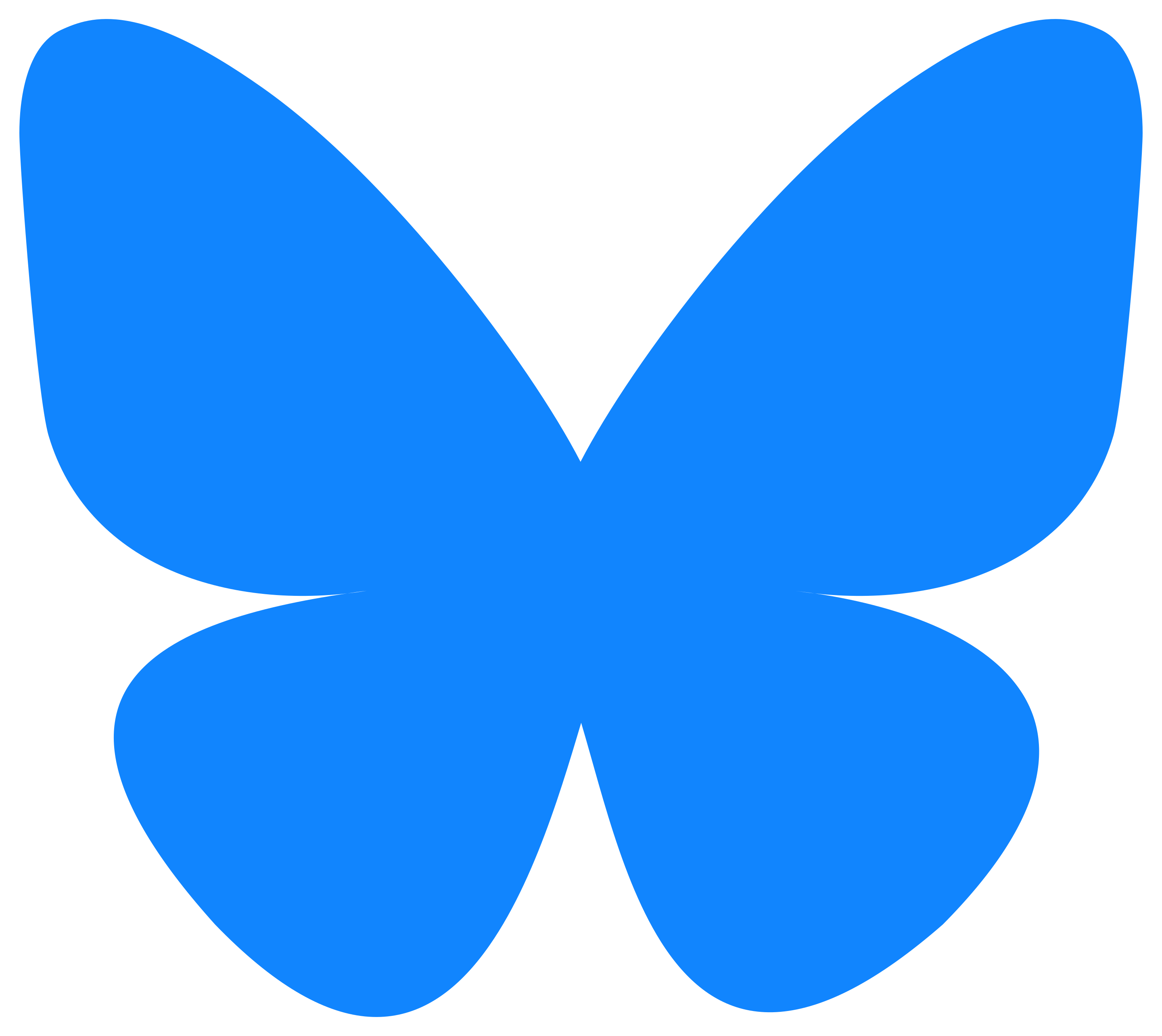Silicon Valley Code Camp : Nov 8th and 9th, 2008
Dave Briccetti
Dave Briccetti Software LLC
About Dave
Software developer with experience in Scala, Python, Java, Linux, networking, and user interfaces; and in many industries including videoconferencing, remote device control, finance, education, publishing, mechanical engineering, semiconductor manufacturing, defense, and telecommunications.
Programming teacher with many years of experience teaching from third grade to adult professional.
